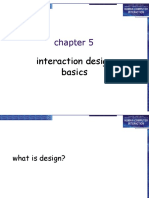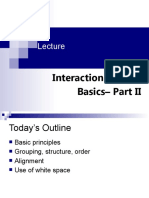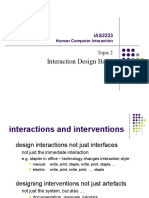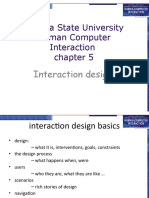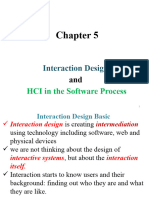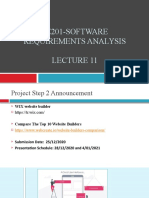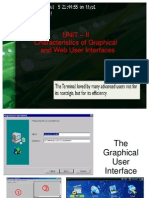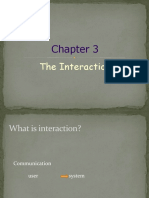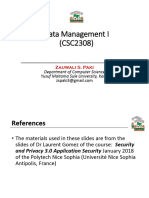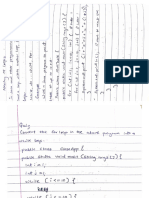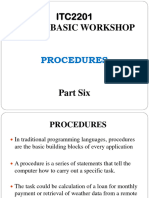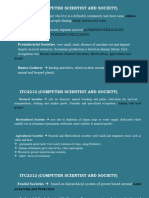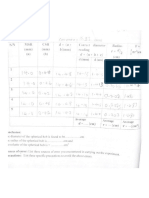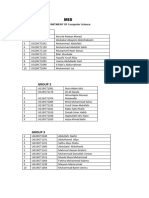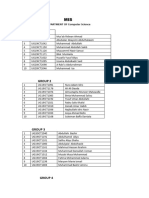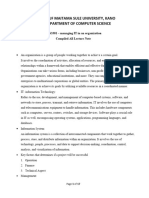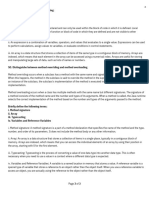0% found this document useful (0 votes)
44 views48 pagesParadigms, Design
Assignments, presentations on HIC human interactions computer for helping level 3 students. And level 4 students, acknowledging, certificate and slips students
Uploaded by
aabdurrahaman647Copyright
© © All Rights Reserved
We take content rights seriously. If you suspect this is your content, claim it here.
Available Formats
Download as PPTX, PDF, TXT or read online on Scribd
0% found this document useful (0 votes)
44 views48 pagesParadigms, Design
Assignments, presentations on HIC human interactions computer for helping level 3 students. And level 4 students, acknowledging, certificate and slips students
Uploaded by
aabdurrahaman647Copyright
© © All Rights Reserved
We take content rights seriously. If you suspect this is your content, claim it here.
Available Formats
Download as PPTX, PDF, TXT or read online on Scribd
/ 48



